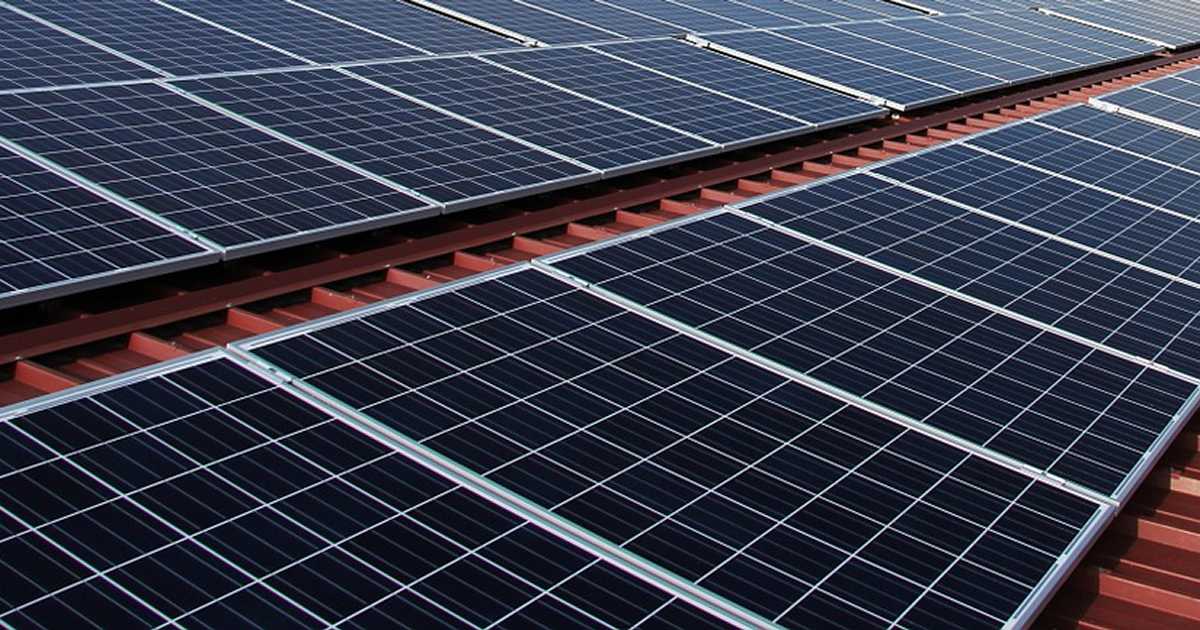
The first batch of government schools in Tasmania to receive solar power systems under a new program have been named.
In the lead-up to May’s state election, the Tasmanian Liberals committed to investing in solar power systems for all government schools without solar panels; pledging $5 million to deliver its Renewable Energy Schools program. The policy was announced as a reaction to Tasmanian Labor committing to a $5 million program – so perhaps some thanks should also go to them.
Yesterday, the Gutwein government announced the first tranche of recipient schools:
- New Town High School
- Ogilvie High School
- JRLF Senior School
- Clarence High School
- Southern Support School
- Bayview Secondary College
- Riverside High School
- Prospect High School
- Newstead College
- North-West
- Burnie High School
But it’s not all sunshine and puppies. The schools won’t get to keep the savings from the solar energy generated – those will be reinvested to fund further installations and sustainability improvements. Under Tasmanian Labor’s program, the schools were to keep the cash.
Tasmanian Minister for Education Sarah Courtney said the first tranche of schools were selected based on the highest energy consumption in 2019-20. Work on the installations is to start in the first half of next year.
Is Solar Worth It In Tasmania?
Some might question this rollout, believing solar power isn’t worth it in Tasmania – including on residential rooftops.
In the case of schools, their energy consumption profile fits in nicely with solar electricity generation.
With regard to homes, yes, the solar rebate is lower than the mainland, electricity generation is the lowest of any state and system costs are higher. All that sounds pretty discouraging.
But despite these challenges, rooftop solar power (done right) in Tasmania can still be an excellent investment and pay for itself within 5 years. And given Tasmania’s more stringent inspection regime, installations are generally high quality.
Approximately 41,400 small-scale (<100kW) solar power system installations have occurred across the Apple Isle to date. The Australian Photovoltaic Institute (APVI) estimates 16.3% of dwellings have PV installations and it’s estimated solar energy contributes around 200 GWh per year, or around 2 per cent of electricity consumption in the state.
Renewable Energy In Tasmania
While solar uptake may be comparatively low, Tasmania is no slouch when it comes to renewable energy in general.
In November last year Tasmania reached its 100 per cent renewable energy target (net basis), thanks primarily to its bountiful hydropower infrastructure, and increasingly – wind power. Hydro Tasmania still imports electricity via Basslink as needed, but the state is now generating more than 10,700 gigawatt hours (GWh) per year on average.
Tasmania may have reached its 100% target early, but the state isn’t resting on its laurels. The Tasmanian Renewable Energy Action Plan set a target to double renewable generation to 200 per cent of the state’s current needs by 2040. While solar energy will has a role in that, it will likely remain a bit player in the big picture.
On a related note, the Tasmanian Government has also set a target to transition 100 per cent of the Government’s vehicle fleet to electric vehicles by 2030.
Learn more about home solar power in Tasmania.

 RSS - Posts
RSS - Posts



Speak Your Mind